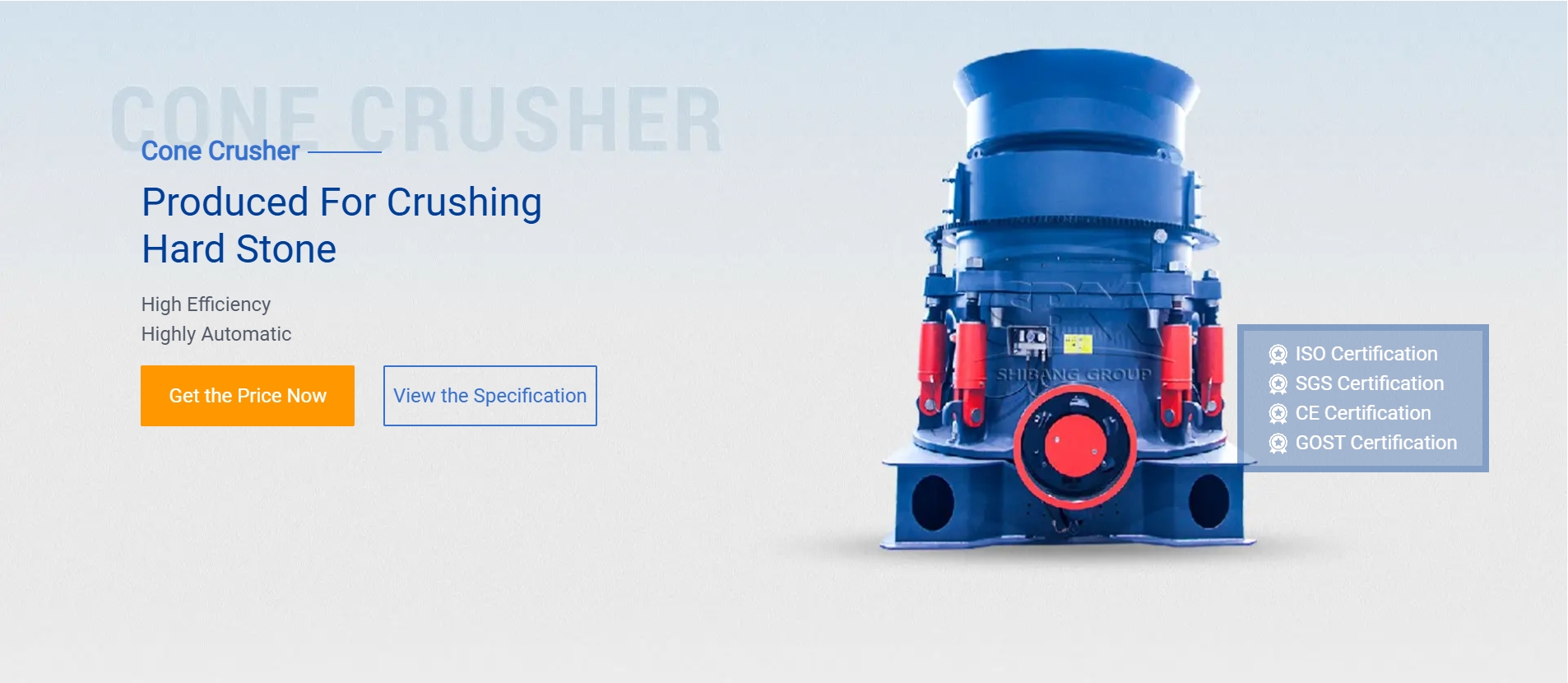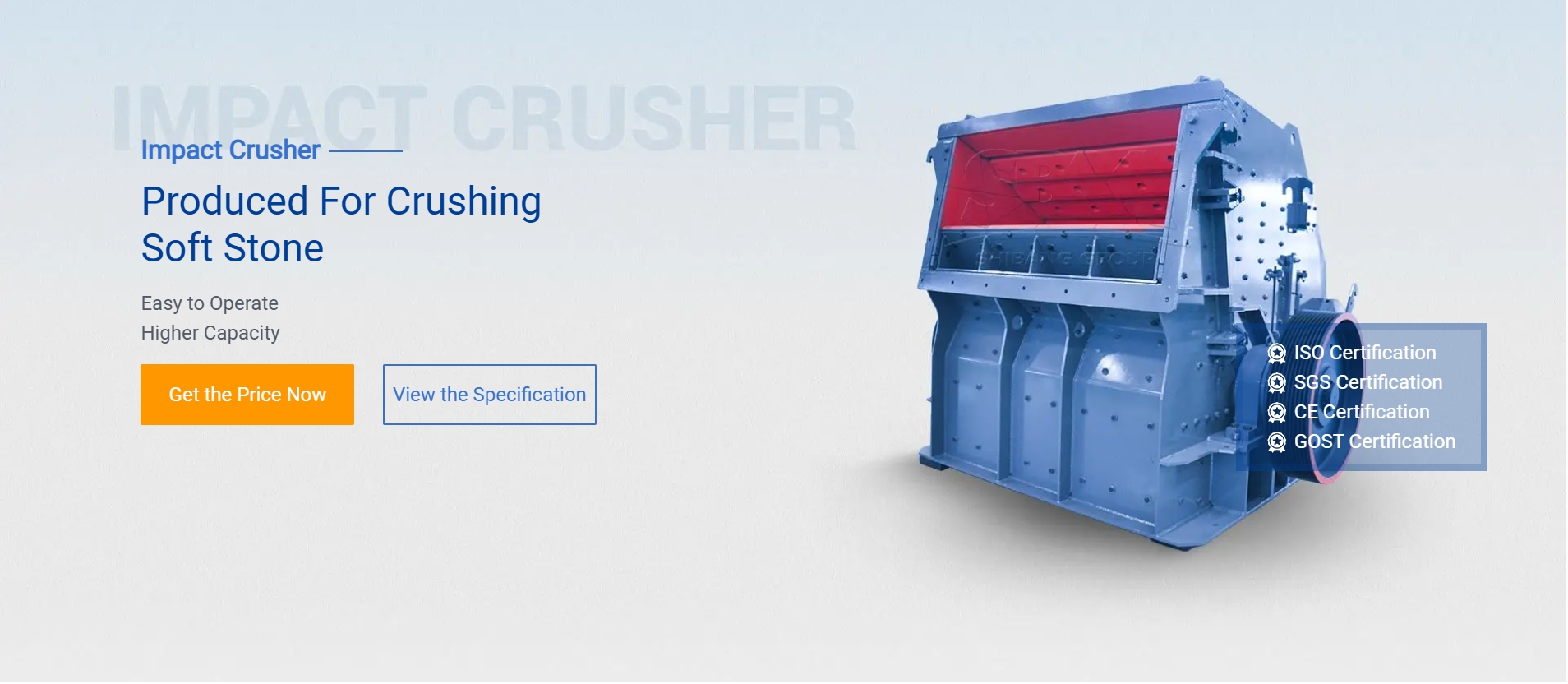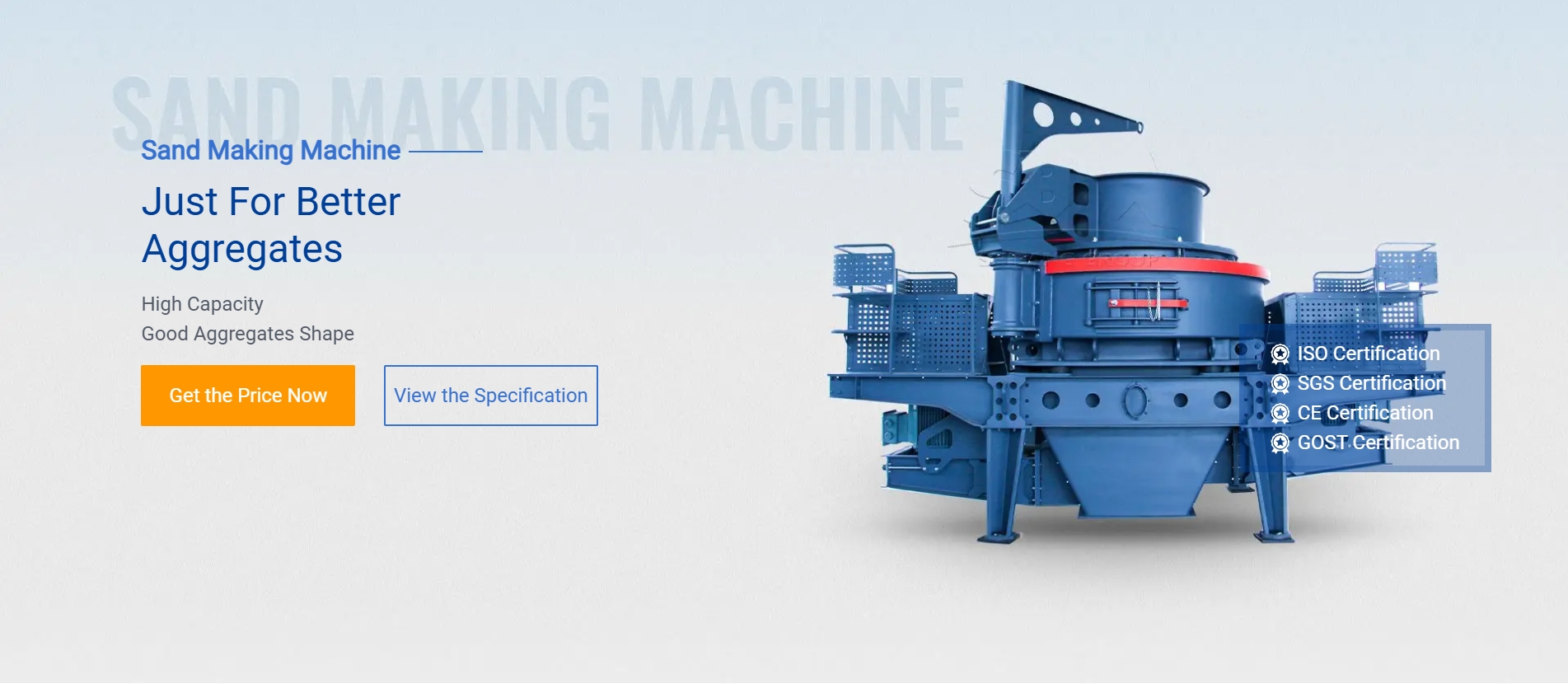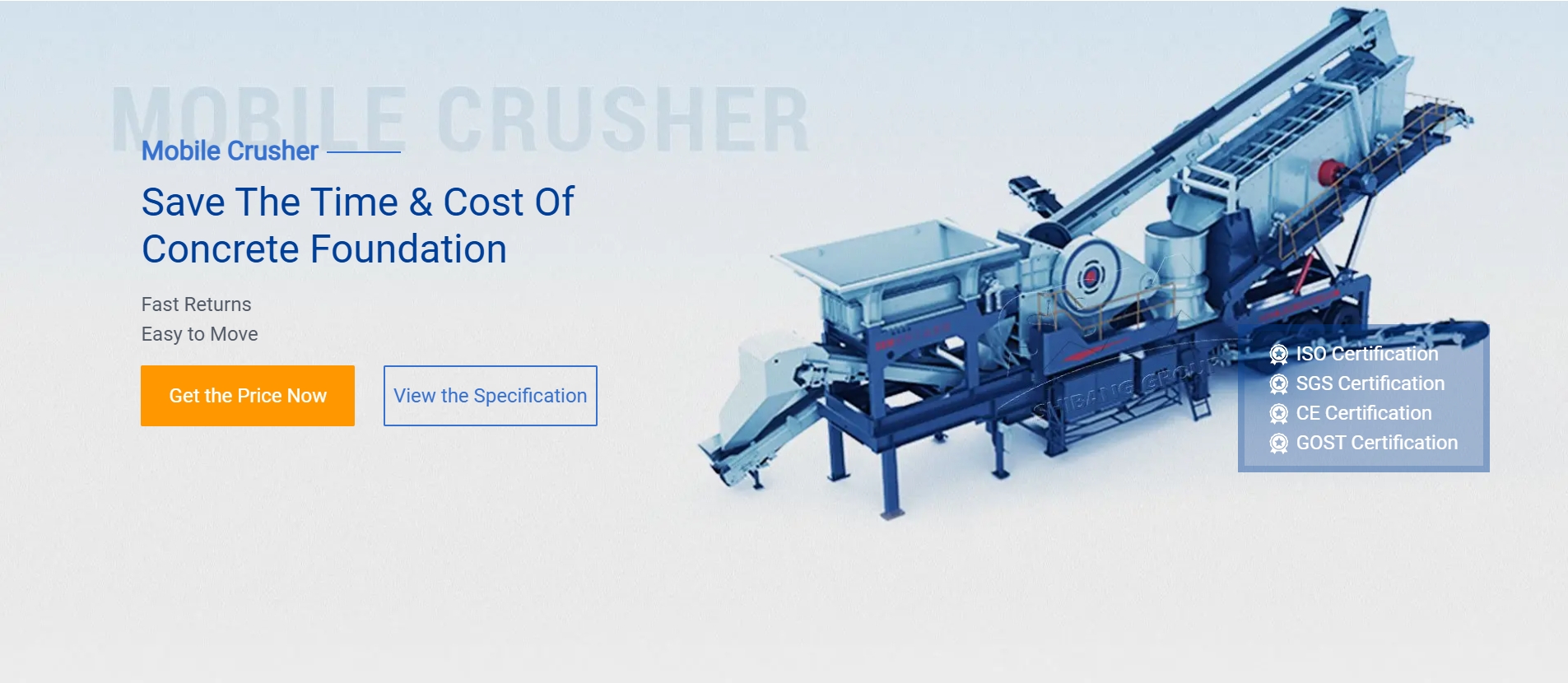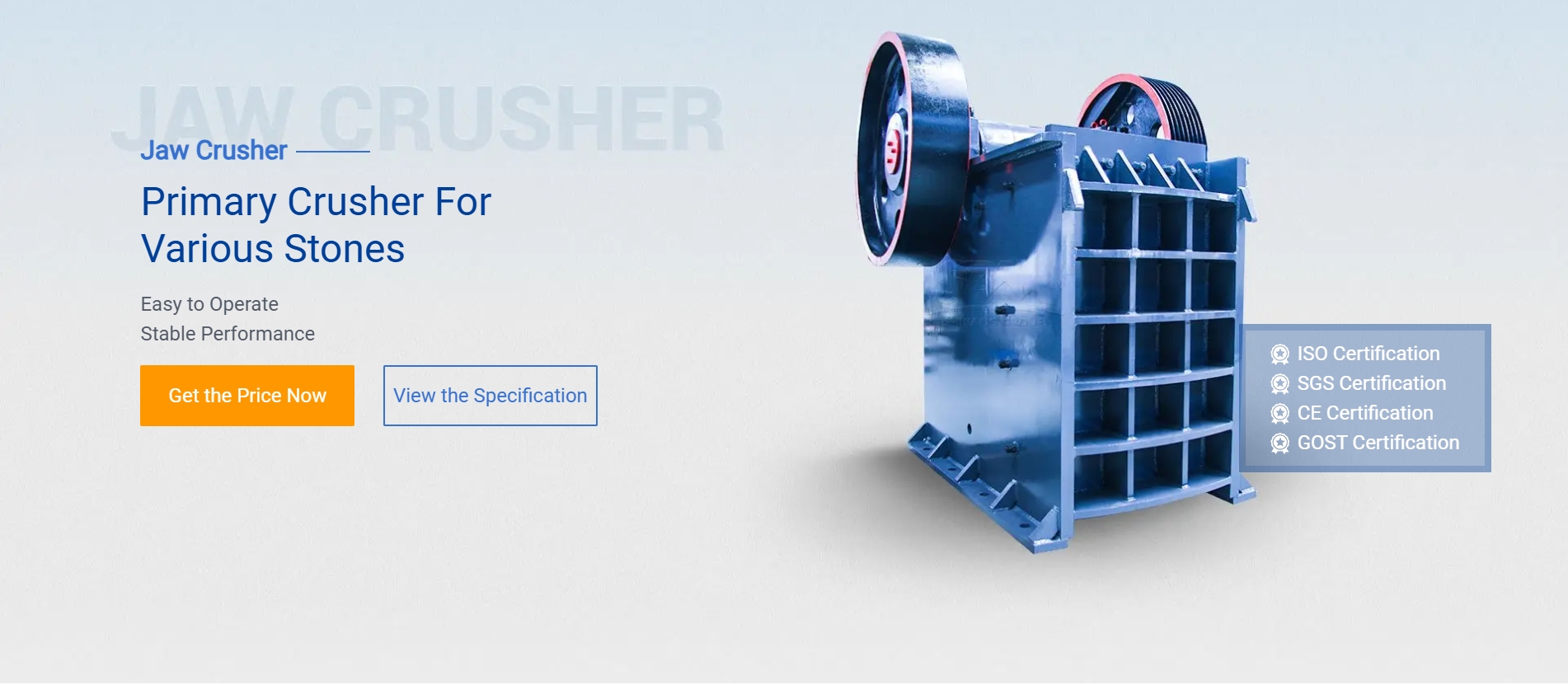A cold drawn aluminum rod mill is a specialized facility or process used to manufacture aluminum rods through the cold drawing method. This process involves pulling aluminum through a series of dies to reduce its diameter and improve its mechanical properties, such as strength, surface finish, and dimensional accuracy. Here’s an overview of the process and its key aspects:
—
Cold Drawing Process for Aluminum Rods
1. Material Preparation:
– Aluminum billets or hot-rolled rods are used as the starting material.
– The material is cleaned and treated to remove surface impurities.
2. Drawing:
– The aluminum rod is pulled through a die (or series of dies) at room temperature.
– The die reduces the diameter of the rod while elongating it.
– Lubricants are often used to reduce friction and improve surface quality.
3. Annealing (if required):
– Cold drawing increases the strength of aluminum but can make it brittle.
– Annealing (heat treatment) may be performed to restore ductility and relieve internal stresses.
4. Finishing:
– The rods are cut to specified lengths.
– Surface treatments (e.g., polishing, coating) may be applied for enhanced performance or appearance.
—
Key Features of Cold Drawn Aluminum Rods
– High Precision: Tight tolerances in diameter and roundness.
– Improved Surface Finish: Smooth and defect-free surfaces.
– Enhanced Mechanical Properties: Increased tensile strength and hardness due to work hardening.
– Versatility: Suitable for various applications requiring high-quality aluminum rods.
—
Applications
Cold drawn aluminum rods are widely used in industries such as:
– Automotive (e.g., shafts, fasteners)
– Aerospace (e.g., structural components)
– Electrical (e.g., conductors, busbars)
– Construction (e.g., framing, supports)
– Manufacturing (e.g., machined parts, tooling)
—
.jpg) Advantages of Cold Drawing
Advantages of Cold Drawing
1. Better dimensional accuracy compared to hot rolling.
2. Improved surface finish without additional machining.
3. Increased strength due to work hardening.
4. Cost-effective for producing high-quality rods in large quantities.
—
.jpg) Challenges
Challenges
– Requires precise control of drawing speed and lubrication.
– May need annealing to restore ductility after cold working.
– Limited reduction in diameter per pass, requiring multiple drawing stages.
—
If you’re looking for a specific type of cold drawn aluminum rod mill or need more details about the
